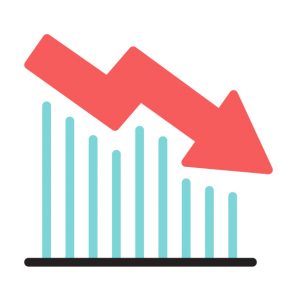The responses of the macro-financial market as we knew them now have changed and that is that interest rates are at the lowest point in the financial history of the United States.
That’s right, interest rates in the US debt markets recently reached their lowest point since 1790. Yes, the lowest in the 229 years of the financial history of the United States. That is not a printing error. But the reasons are darker and less conventional than what goes into a typical interest rate perspective.
Likewise, it is important to mention that for at least the last decade, the economies of Europe, Japan, and other areas have been essentially dying, as in a slow or zero growth. Faced with this problem, policymakers in those countries were inclined to the policy suggested by John Maynard Keynes in the midst of the Great Depression 83 years ago.
Things never are seen before
Certainly, the objective of that policy was to encourage the central bank to throw money at the problem. This was established as the standard approach to macro-textbooks to facilitate monetary policy since then. Even so, things that have never happened before have begun to happen.
For the most part, private holders on the sale side of the transaction are “institutions” such as pension funds, equity funds, insurance companies, etc. These entities usually have large blocks of high-quality financial instruments that generate income that provide the cash flow that institutions need to meet and/or withdraw their financial obligations.
In this way, it is understood that the standard intention behind the actions of the central bank is to provide an additional market demand for bonds paid with printed money from the central bank. That being the case, the purpose of this is to raise bond prices, which has the standard effect of lowering market interest rates.
Now, the market prices of government bonds have risen, so they cannot find an equivalent risk asset with the same return. In fact, to maintain an equal credit quality in their portfolios, they would have to add more bonds with negative returns.
Source: The Spellman Report

No comments:
Post a Comment